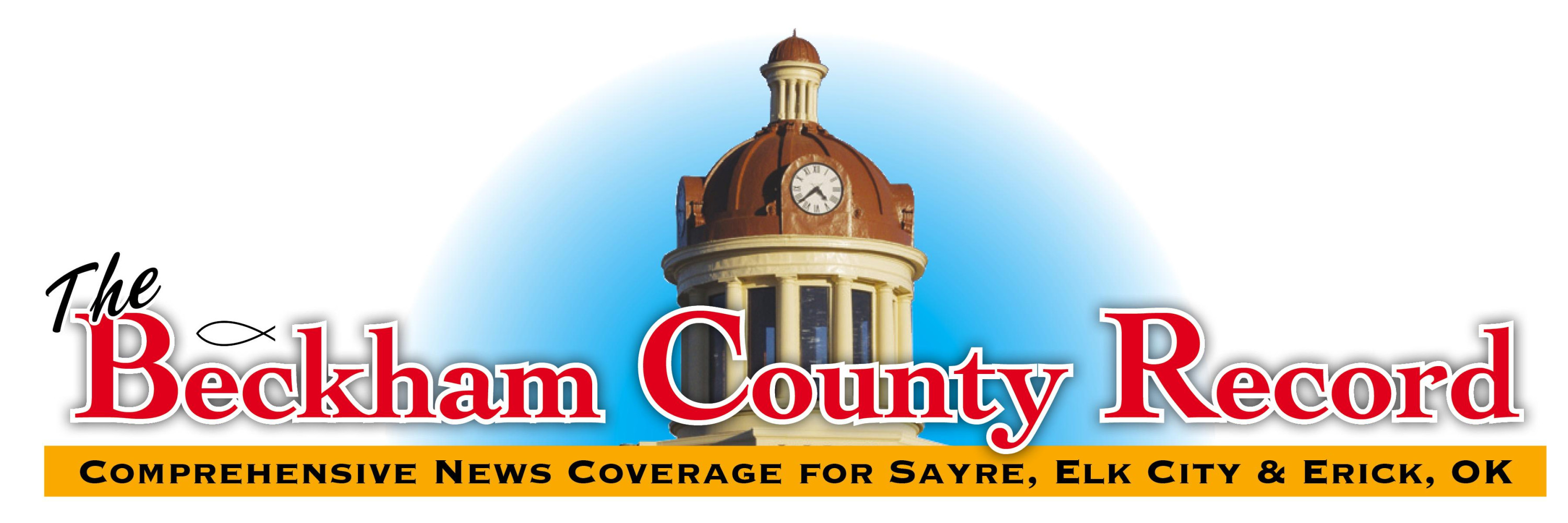General Landscape Find someone to water plants in the house and garden while on vacation. Harvesting vegetables and mowing the lawn are a must and imply that someone is home.
Mulch ornamentals, vegetables, and annuals to reduce soil crusting, and to regulate temperatures and moisture during hot summer months. Mulching will reduce about 70 percent of the summer yard maintenance.
Remain alert for insect damage. Add spider mite to the list. Foliage of most plants becomes pale and speckled; juniper foliage turns a pale yellowish color. Shake a branch over white paper and watch for tiny specks that crawl. Watch for first generation fall webworm.
Turfgrass Fertilize warm-season grasses at 0.5 to 1 lb. N per 1,000 square feet. Do not fertilize fescue and other cool-season grasses during the summer.
Dollar spot disease of lawns can first become visible in mid-May. Make certain fertilizer applications have been adequate before applying a fungicide.
Seeding of warm-season grasses should be completed by the end of June (through July for improved varieties such as Monaco and Yukon) to reduce winterkill losses.
Brown patch disease of cool-season grasses can be a problem.
White grubs will soon be emerging as adult June Beetles. Watch for high populations that can indicate potential damage from later life cycle stages as grubs in the summer.
Trees and Shrubs Vigorous, unwanted limbs should be removed or shortened on new trees. Watch for forks in the main trunk and remove the least desirable trunk as soon as it is noticed.
Pine needle disease treatments are needed again in mid- June.
Remove tree wraps during the summer to avoid potential disease and insect buildup.
Softwood cuttings from new growth of many shrubs will root if propagated in a moist shady spot.
Protect trees from lawnmowers and weed eaters by mulching or using protective aerated covers.
Fruit and Nut Renovate overgrown strawberry beds after the last harvest. Start by setting your lawnmower to its highest setting and mow off the foliage. Next thin crowns 12 to 24 inches apart. Apply recommended fertilizer, preemergence herbicide if needed and keep watered.
Flowers Pinch back leggy annuals to encourage new growth. Fertilize and water appropriately.
Feed established mums and other perennials.
When picking fresh roses or removing faded ones, cut back to a leaflet facing the outside of the bush to encourage open growth and air circulation.
Stake tall perennials before toppling winds arise.
For additional information please contact Beckham County Extension office at 580-9282139.
Oklahoma State University, in compliance with Title VI and VII of the Civil Rights Act of 1964, Executive Order 11246 as amended, Title IX of the Education Amendments of 1972, Americans with Disabilities Act of 1990, and other federal laws and regulations, does not discriminate on the basis of race, color, national origin, sex, age, religion, disability, or status as a veteran in any of its policies, practices or procedures. This includes but is not limited to admissions, employment, financial aid, and educational services. References within this publication to any specific commercial product, process, or service by trade name, trademark, service mark, manufacturer, or otherwise does not constitute or imply endorsement by Oklahoma Cooperative Extension Service


